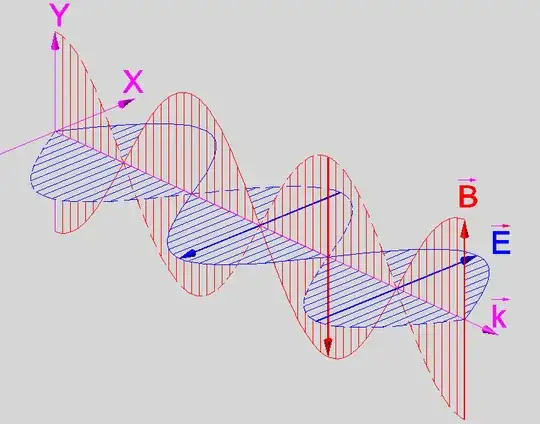Wikipedia says that
Classically, electromagnetic radiation consists of electromagnetic waves, which are synchronized oscillations of electric and magnetic fields that propagate at the speed of light through a vacuum. The oscillations of the two fields are perpendicular to each other and perpendicular to the direction of energy and wave propagation, forming a transverse wave.
The page also includes this image:
which shows that.
But I find that sometimes the wave is represented with B-field at is peak on the nodes, like here:
taken from Wikimedia Commons, and it would make some sense, too, considering that it grows with acceleration and this is maximal there.
Can you please say if the second picture is wrong, and if those representations are both a mere pictorial, fictional, simplified, arbitrary representation of an EM wave?
Do you know if modern instruments are able to record with precision the oscillations of the electric and magnetic field when detecting photons (now we have lots of collimated photons in laser beams can you detect the fiels at the emittter or receiver) ?

